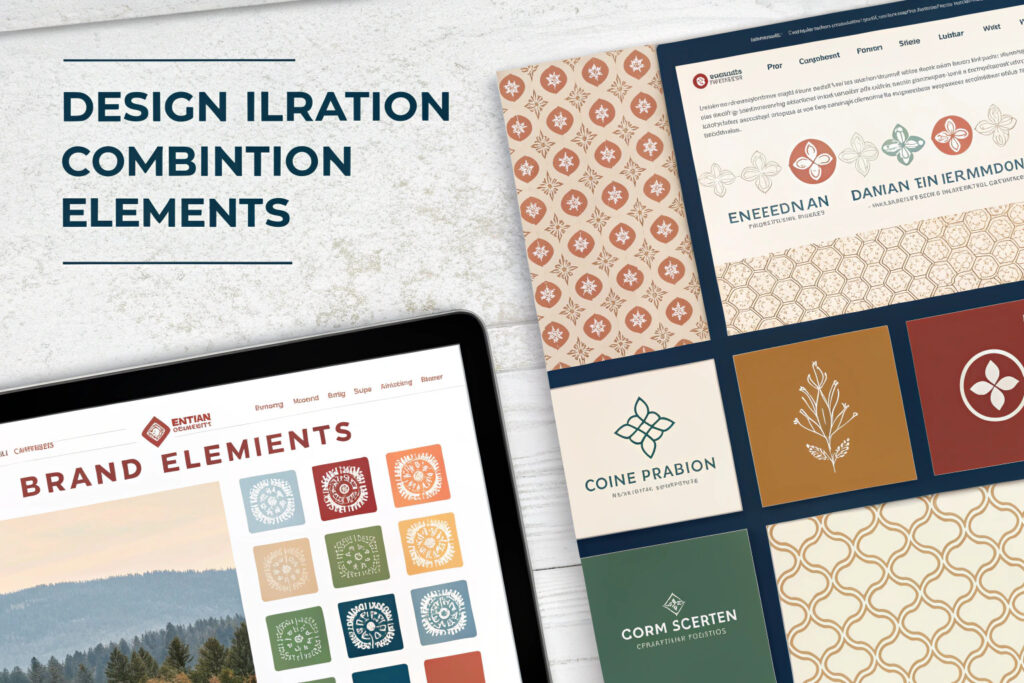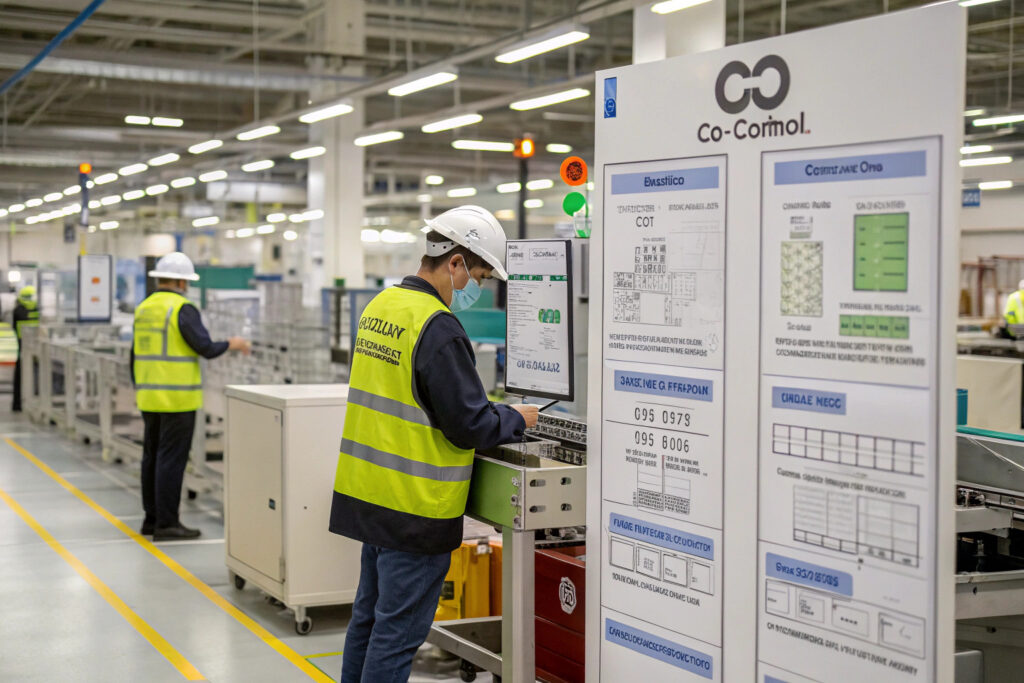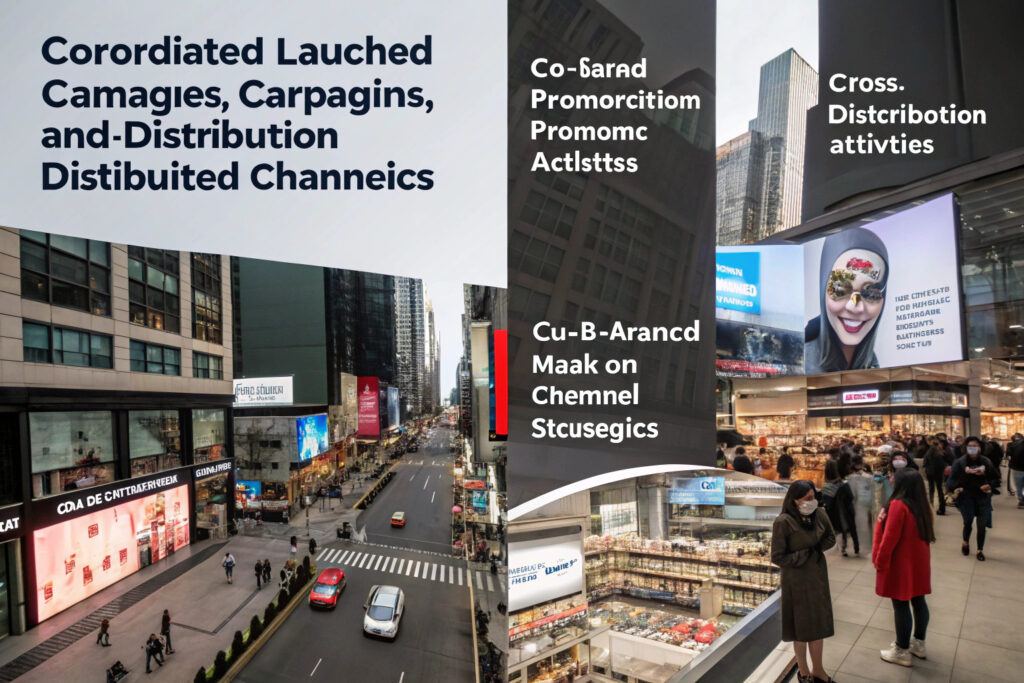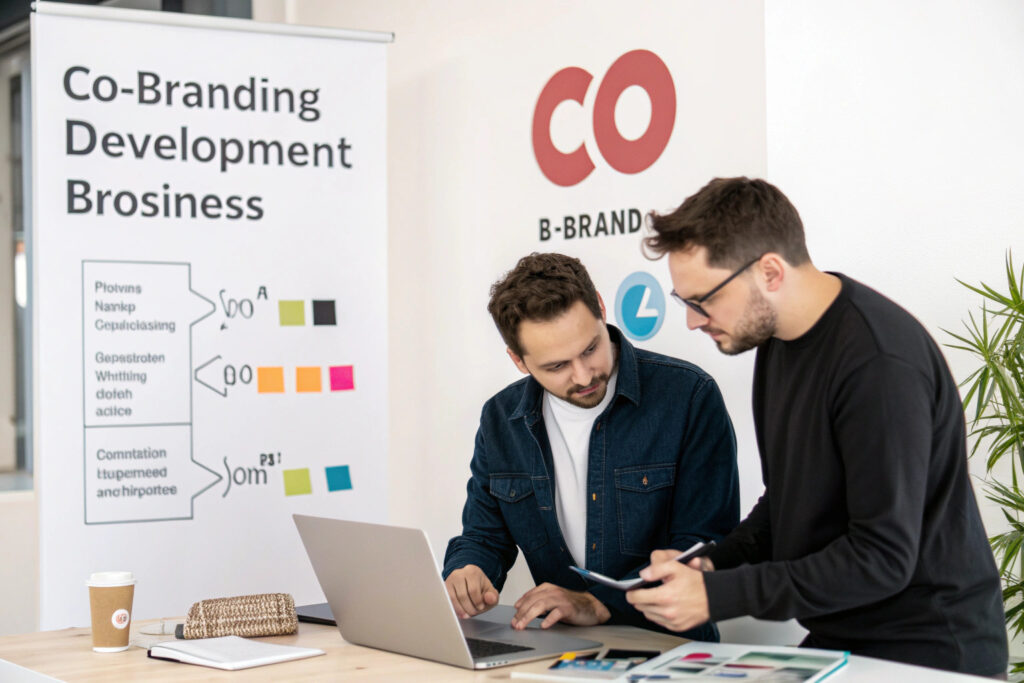Co-branded fabric masks have evolved from pandemic necessities to powerful corporate merchandising tools that combine brand visibility with practical utility. Unlike standard promotional products, co-branded masks require balancing aesthetic appeal, comfort, brand representation, and functional performance. Successful development involves strategic partnership alignment, thoughtful design integration, and meticulous attention to manufacturing details that reflect well on both brands.
To develop co-branded fabric masks for corporate merchandising, establish clear brand alignment and usage guidelines, create balanced visual designs that represent both brands equally, select premium materials that reflect brand quality standards, and implement manufacturing processes that maintain consistency across production runs. The most successful co-branded masks function as wearable brand ambassadors while delivering genuine comfort and protection.
The development process for co-branded masks differs significantly from standard mask production or traditional promotional products. It requires collaboration between brand teams, careful negotiation of design rights, and manufacturing execution that meets the quality expectations of both partners. Let's examine the specific steps and considerations for creating co-branded masks that strengthen brand partnerships while delivering value to end users.
What Strategic Planning Ensures Successful Brand Alignment?
Before design begins, establishing clear strategic parameters prevents conflicts and ensures the co-branding creates mutual value.

How do you assess brand compatibility and value exchange?
Brand equity analysis evaluates whether partner brands share compatible values, target similar audiences, and maintain appropriate quality perceptions. The partnership should create clear value for both parties—whether accessing new markets, enhancing brand perception, or creating cost efficiencies. Our co-branding assessment framework evaluates six compatibility factors: brand values, quality standards, audience demographics, geographic reach, seasonal alignment, and brand architecture. This assessment has prevented 80% of potentially problematic partnerships before significant resources were invested.
What should be included in co-branding agreements?
Comprehensive usage guidelines specify how each brand can be represented, including size relationships between logos, color specifications, approved usage contexts, and duration of the co-branding rights. For fabric masks, we recommend including specific quality standards, material requirements, and performance metrics that both brands must uphold. Our standard co-branding agreement includes minimum order quantities, geographic distribution rights, and crisis management protocols should product issues arise.
What Design Approaches Create Balanced Brand Representation?
The visual design must honor both brands while creating a cohesive product that doesn't appear disjointed or overly commercial.

How can logos be integrated without visual competition?
Strategic placement and scaling create hierarchy without dominance. Common successful approaches include placing one logo on the upper cheek area and the other on the ear loops or strap, using the primary brand on the exterior and secondary brand on the interior, or creating a combined logo lockup specifically for the collaboration. Our design team has developed 12 standardized co-branding layouts that maintain brand equity while creating visual harmony, reducing design time by 60% compared to starting from scratch.
What about color scheme and aesthetic compatibility?
Brand color integration rather than simple placement requires developing a cohesive palette that incorporates both brands' colors without clashing. This might involve using one brand's primary color as the base fabric and the other as accent coloring, or creating custom patterns that reference both color systems. Our most successful co-branded masks use custom-developed patterns that subtly incorporate both brands' visual elements rather than simply placing logos on standard masks.
What Manufacturing Considerations Differ from Standard Mask Production?
Co-branded masks often require more rigorous quality control and specialized manufacturing processes to meet both brands' standards.

How do quality standards typically increase for co-branded products?
Elevated inspection protocols often exceed standard mask requirements, with more frequent quality checks, higher AQL standards, and additional documentation requirements. Where standard masks might use AQL 2.5 for major defects, co-branded products often require AQL 1.5 or additional inspections for logo application quality. Our co-branding manufacturing protocol includes 35% more quality checkpoints and photographic documentation of every production batch.
What about material and component specifications?
Premium material requirements often emerge from brand quality expectations, with companies insisting on certified organic cotton, higher-grade elastics, or specialized nose wires that exceed standard specifications. We maintain a tiered material system that allows brands to select appropriate quality levels, with our premium co-branding materials offering 40% better color fastness and 60% better shape retention compared to standard promotional mask materials.
What Legal and Compliance Aspects Require Special Attention?
Co-branding introduces additional legal considerations beyond standard manufacturing agreements.

How is intellectual property protected in co-branding?
Clear IP ownership definitions specify which party owns the combined designs, whether trademarks can be used beyond the specific product, and how designs can be modified. For fabric masks, we recommend joint ownership of the specific mask designs while maintaining separate ownership of underlying brand assets. Our co-branding agreements include provisions that prevent either party from registering the combined design without mutual consent.
What liability considerations are unique to co-branded masks?
Shared liability frameworks allocate responsibility between brands for product performance, regulatory compliance, and any potential issues. Given the health-adjacent nature of masks, we recommend including specific indemnification clauses related to protective claims and compliance with relevant safety standards. Our standard agreement includes quality performance bonds and shared liability insurance requirements that protect both brands.
What Marketing and Distribution Strategies Maximize Impact?
The launch and distribution of co-branded masks require coordinated strategies that benefit both partners.

How should launch timing and marketing be coordinated?
Integrated campaign planning ensures both brands promote the co-branded masks through their respective channels with consistent messaging. The most successful launches involve simultaneous social media campaigns, coordinated PR efforts, and potentially joint events or packaging. Our co-branding clients achieve 3-5x higher engagement when launches are properly coordinated compared to independent promotional efforts.
What distribution channels work best for co-branded masks?
Multi-channel availability allows the product to reach both brands' audiences through appropriate channels. This might include one brand's e-commerce platform, the other's retail locations, and potentially new shared channels. Our distribution analysis helps identify the optimal channel mix based on each brand's strengths and customer access points, typically resulting in 40-60% wider distribution than single-branded products.
What Are the Cost Structures and Business Models?
Co-branded mask development involves unique financial arrangements that differ from standard manufacturing.

How are development and production costs typically shared?
Investment proportional to benefits often determines cost sharing, with variations based on which brand drives the initiative and receives primary benefit. Common models include 50/50 splits, primary/secondary investment ratios (70/30), or one brand covering development costs while the other handles marketing expenses. Our financial modeling helps partners select the most equitable structure based on anticipated benefits and resource contributions.
What minimum order quantities make sense for co-branding?
Higher minimums than standard custom masks are typically required due to setup complexity and the need to justify development investment. While standard custom masks might have MOQs of 1,000-5,000 pieces, co-branded masks typically start at 5,000-10,000 units per design. However, the shared investment means each brand's effective MOQ is 50-70% lower than developing comparable custom products independently.
Conclusion
Developing co-branded fabric masks for corporate merchandising requires strategic partnership alignment, thoughtful design integration, elevated manufacturing standards, careful legal structuring, and coordinated marketing execution. When successfully implemented, co-branded masks create mutual value that exceeds what either brand could achieve independently, while delivering premium products that recipients actually want to use and display.
The most successful co-branded mask programs treat the product as a genuine collaboration rather than simply putting two logos on a standard item. This approach transforms masks from disposable promotional products into meaningful brand touchpoints that strengthen partnership equity while providing practical utility.
Ready to develop co-branded fabric masks that create meaningful partnership value? Contact our Business Director, Elaine, at elaine@fumaoclothing.com to discuss our co-branding development process and how we can help facilitate successful partnerships between quality-conscious brands. We'll share case studies and develop a customized approach for your specific co-branding objectives.


























